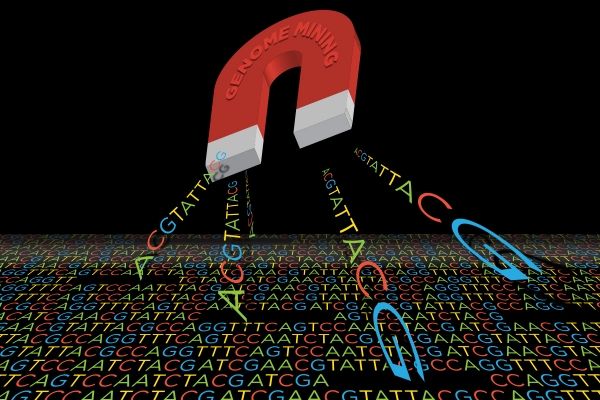Researchers have developed a method to spur the production of new antibiotic or antiparasitic compounds hiding in the genomes of actinobacteria, which are the source of drugs such as actinomycin and streptomycin and are known to harbor other untapped chemical riches. The scientists report their findings in the journal eLife.
The researchers wanted to overcome a decades-old problem that confronts those hoping to study and make use of the countless antibiotic, antifungal and antiparasitic compounds that bacteria can produce, said Satish Nair, a University of Illinois at Urbana-Champaign professor of biochemistry who led the research.
“In laboratory conditions, bacteria don’t make the number of molecules they have the capability of making,” he said. “And that’s because many are regulated by small-molecule hormones that aren’t produced unless the bacteria are under threat.”
Read more at University of Illinois at Urbana-Champaign
Image: Researchers used a variety of techniques, including genome mining, to identify bacteria that produce defensive compounds in response to hormone exposure. Their approach will help in the discovery of new antibiotics and other medically useful molecules. CREDIT: Julie McMahon


